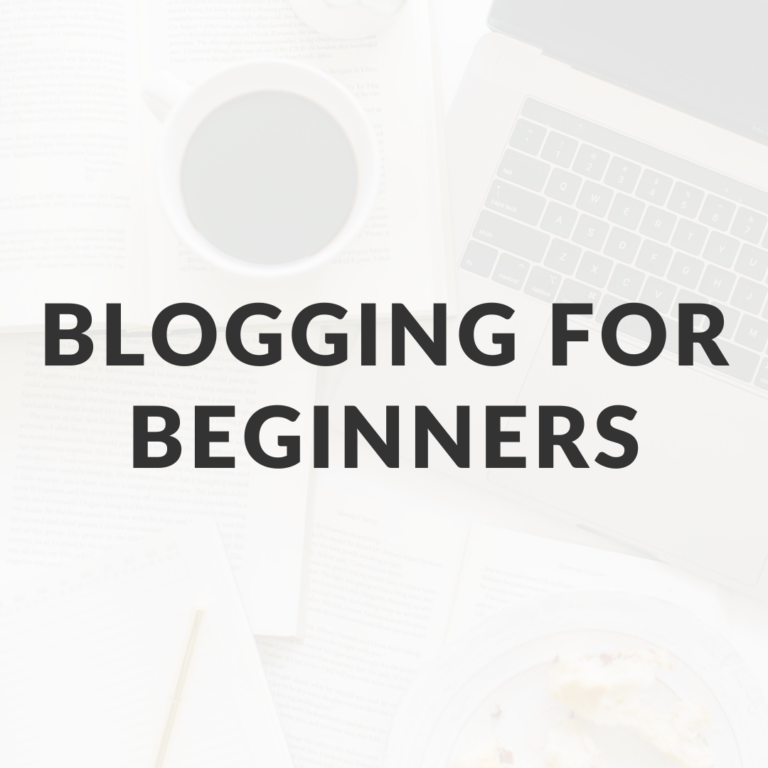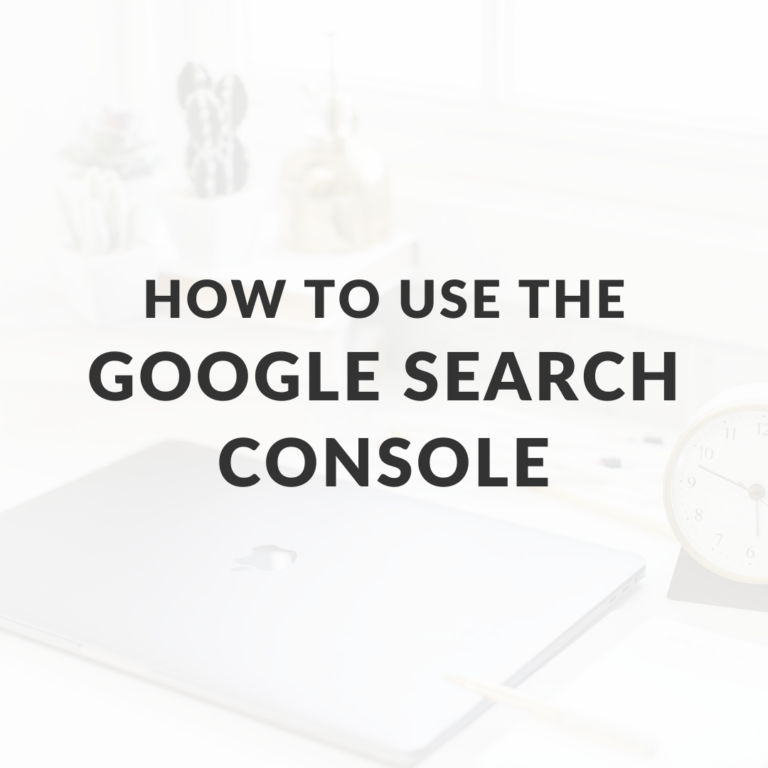11 Reasons Why Your Blog Posts Aren’t Ranking on Google
Despite your best efforts, your website’s rankings lack growth. Fortunately, there are ways to fix this through your keyword research strategy and on-page SEO.
Since Google’s search algorithm considers over 200 factors when ranking websites, there could be many reasons why your content isn’t ranking.
So let’s go over the most common reasons your blog posts may not be ranking!

Why Isn’t My Website Ranking on Google?
1) Targeting the Wrong Keyword Phrases
Many bloggers make the mistake of targeting keywords that are too broad and way too competitive.
Millions of searches occur on Google every day, so it’s a matter of digging deeper and finding various targeted keyword phrases.
Type in the keyword phrases into Google, and what do you see first?
If high authority sites, such as Wikipedia, Web MD, CNN, Forbes, Amazon, etc., are among the first to appear in the search results, this is a good indication that the topic you want to write about is out of reach.
Even if you optimize your site to the best of your abilities, it won’t be enough to rank high in the search results if your niche is too competitive.
Related: How to Increase Website Traffic Organically
2) Missing the Mark on Search Intent
While they often overlap, you can break down search intent into four basic categories.
- Navigational intent: Looking for something specific (e.g., “WordPress login” or “Paypal account”)
- Informational intent: Trying to learn more about a topic (e.g., “how to start a WordPress blog” or “how to send a PayPal invoice”)
- Transactional intent: Typically searching for a product and ready to buy (e.g., “WordPress travel theme”)
- Commercial intent: Looking for more information before making a purchase (e.g., “WordPress vs. Squarespace”)
So you need to review your list of keyword phrases and see what results you see first on Google.
Sometimes the results may surprise you. It’s all about what Google thinks the search intent is about.
3) Slow Site Speeds
There’s nothing more cumbersome than coming across a website that won’t load.
Most of your potential readers won’t tolerate waiting for more than a second or two.
So it’s essential that you make sure the content on your website loads at lightning speeds!
There are a few essential things to pay close attention to regarding site speeds:
- Invest in an excellent hosting company that will keep your website secure
- Minimize and optimize your image files before uploading them onto your website
- Research and vet any plugins you install on your website because they can quickly slow down an entire website
- Avoid bombarding your website with ads and popups, at least when you’re first getting started

4) Website Lacks Navigation
Most websites have a basic header and footer menu. They will have an about page, a contact page, and other bare website essentials.
But many bloggers lack organization when it comes to categorizing their blog posts and providing a way for visitors to search their website.
First, create between 5 and 10 category pages. Before publishing them on your blog, you should plan these out on paper first.
Here is an easy example. You could create a main category and title it “Recipes.” Then you could make some sub-categories like “Breakfast,” “Lunch,” and “Dinner.”
This will help Google understand what your website is about.
Related: 11 Things You Need to Have on Your Virtual Assistant Website
5) Lack of Snippet Optimization
Use the FAQ schema provided by Yoast and Gutenberg to apply questions and answers to your blog posts.
This strategy will make it easier for search engines to show tidbits of your content in search results.
6) Lack of a Meta description
If your blog posts lack a meta description, they may not be ranking as high as they could be on Google.
A meta description is a brief, concise summary of your post that helps potential readers understand what the post is about in just a few words.
Including a meta description in your blog posts will help them rank higher in search results and increase engagement from potential readers.
Related: On-Page SEO Checklist for Bloggers
7) Lack of Subheadings
Are you breaking your content up with subheadings? If you’re familiar with HTML coding, subheadings have an H2 or H3 tag behind the scenes on your website.
Your blog post title should be an H1 tag and the only one on every one of your web pages and blog posts.
8) Lack of Alt Text
Many blogs lack images with alt text that describes an image’s purpose. This is a simple way to boost your website’s SEO!
Many bloggers neglect to include alt text with images on their websites. This is a simple way to boost your website’s SEO and help readers understand the purpose of an image.
Alt-text is important because it tells search engines what the image is about. Including alt text can also increase click-through rates (CTRs) and lead to better SERP rankings.
9) Lack of Topic Pillar Strategy
If you’re not following a topic pillar strategy, your blog posts are not likely to rank well on Google.
A topic cluster strategy is simply grouping your blog posts around related topics and then writing about those topics in a cohesive way.
This will help your readers find the information they’re looking for more efficiently, and it will also help you attract more search engine traffic.
It’s vital to create topic clusters on your blog and write about each topic thoroughly.
10) Lack of Internal Linking Structure
When you write a new blog post, are you mentioning your previous content relevant to your new piece of content?
When you internally link to other posts and pages on your website, you can drastically improve your SEO.
Internal linking is an essential factor in SEO, as it helps Google understand the structure of your site.
A well-defined site structure can lead to a better understanding of your website by Google.
11) No Google Search Console Account
If you haven’t set up a Google Search Console account, you should do that now! This fantastic tool will tell you how Google is crawling your website.
You can inspect every URL on your website and see how Google understands it. Sometimes the results will surprise you!
I check my GSC account regularly because I will find new content ideas and see what kind of questions people are asking when they find my website.
You can also submit your website’s sitemap to GSC, which will make it much easier for Google to crawl your entire website.
Conclusion
Getting your content indexed and ranked by Google can be a lengthy process, with many moving parts.
Sometimes it can take days or weeks for Google to finish its discovery process, while other times, it can take months or even a year or more for a blog post to reach the first page of Google.
SEO is a long-term strategy that requires hard work and patience. However, there are other aspects to your SEO (site structure and link building) that you can tackle in the meantime.




